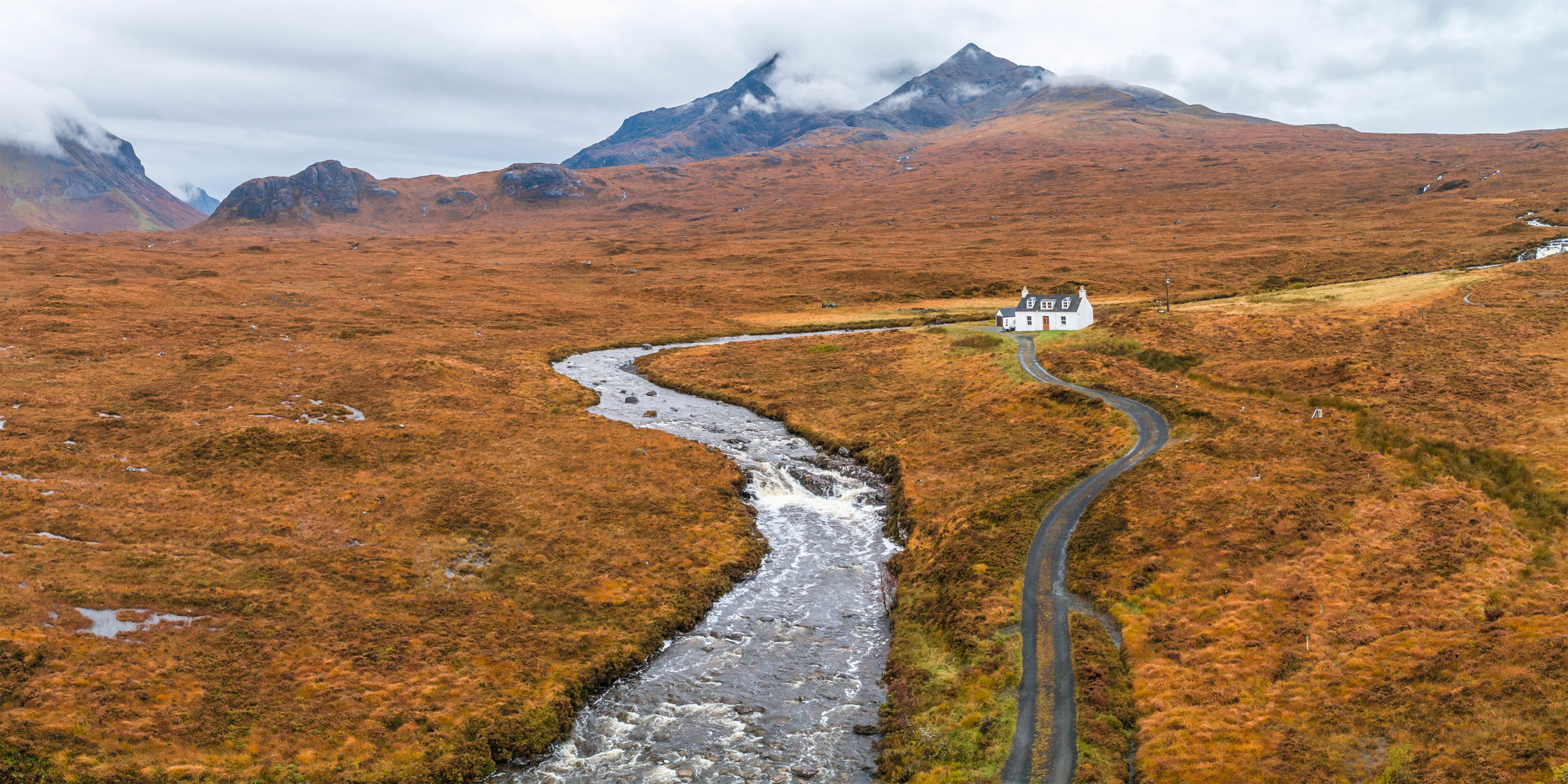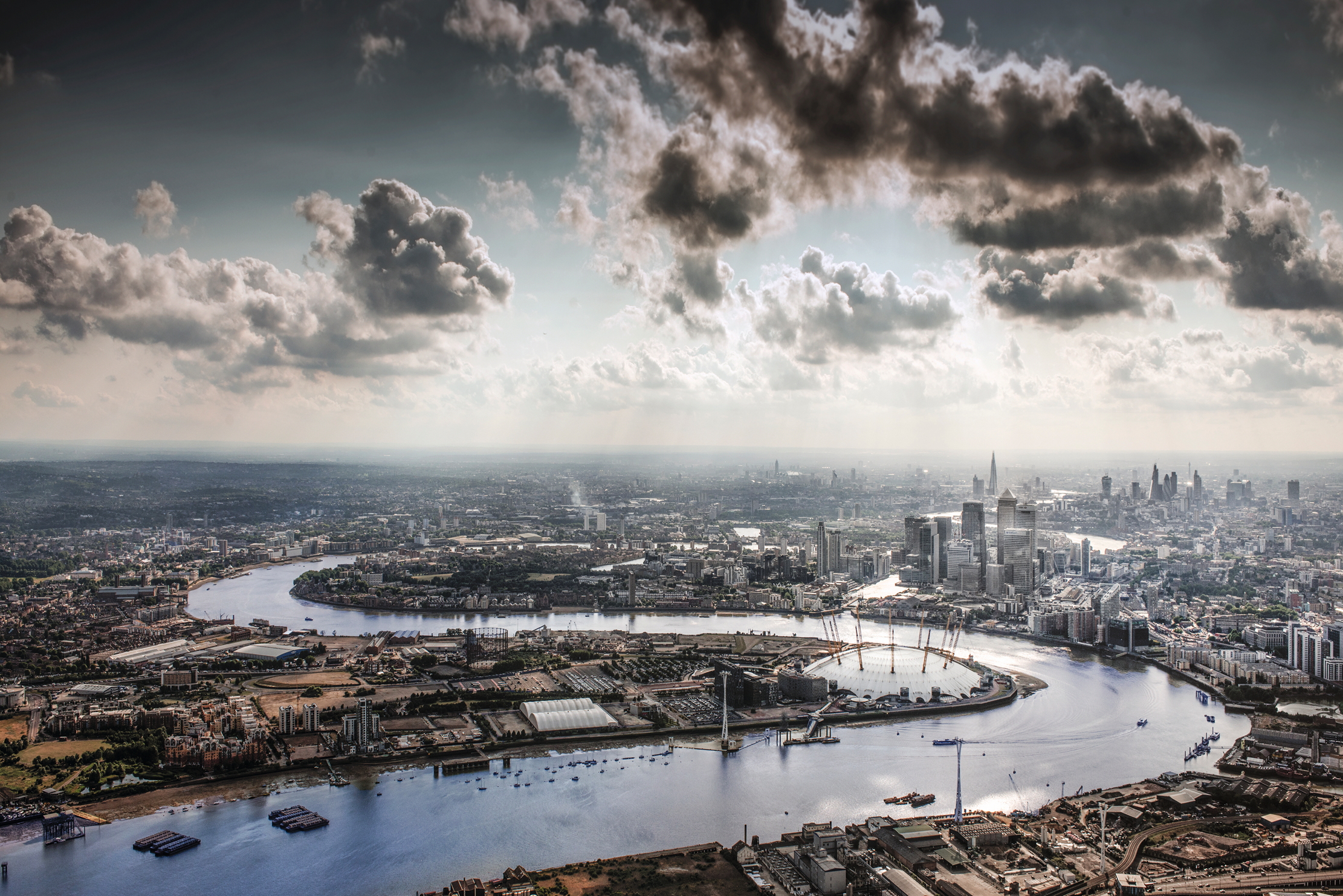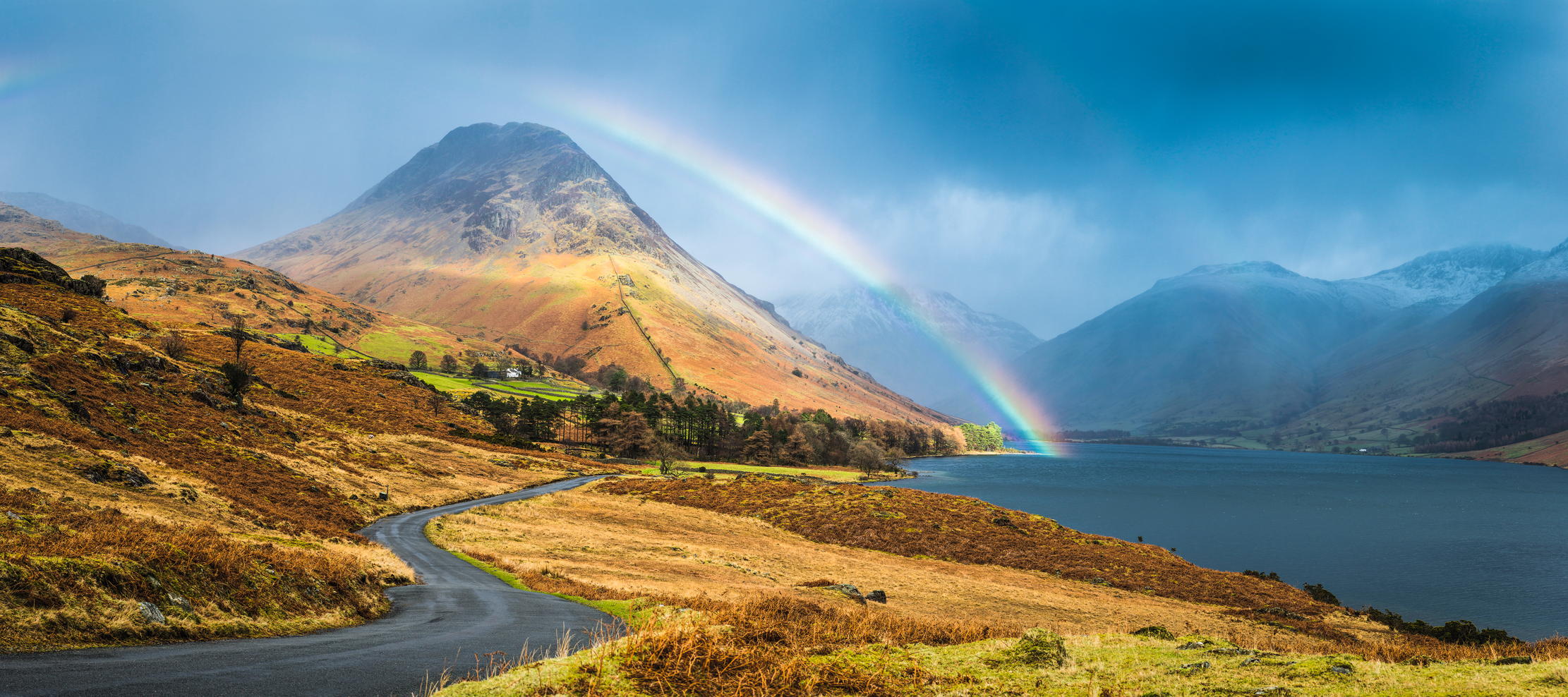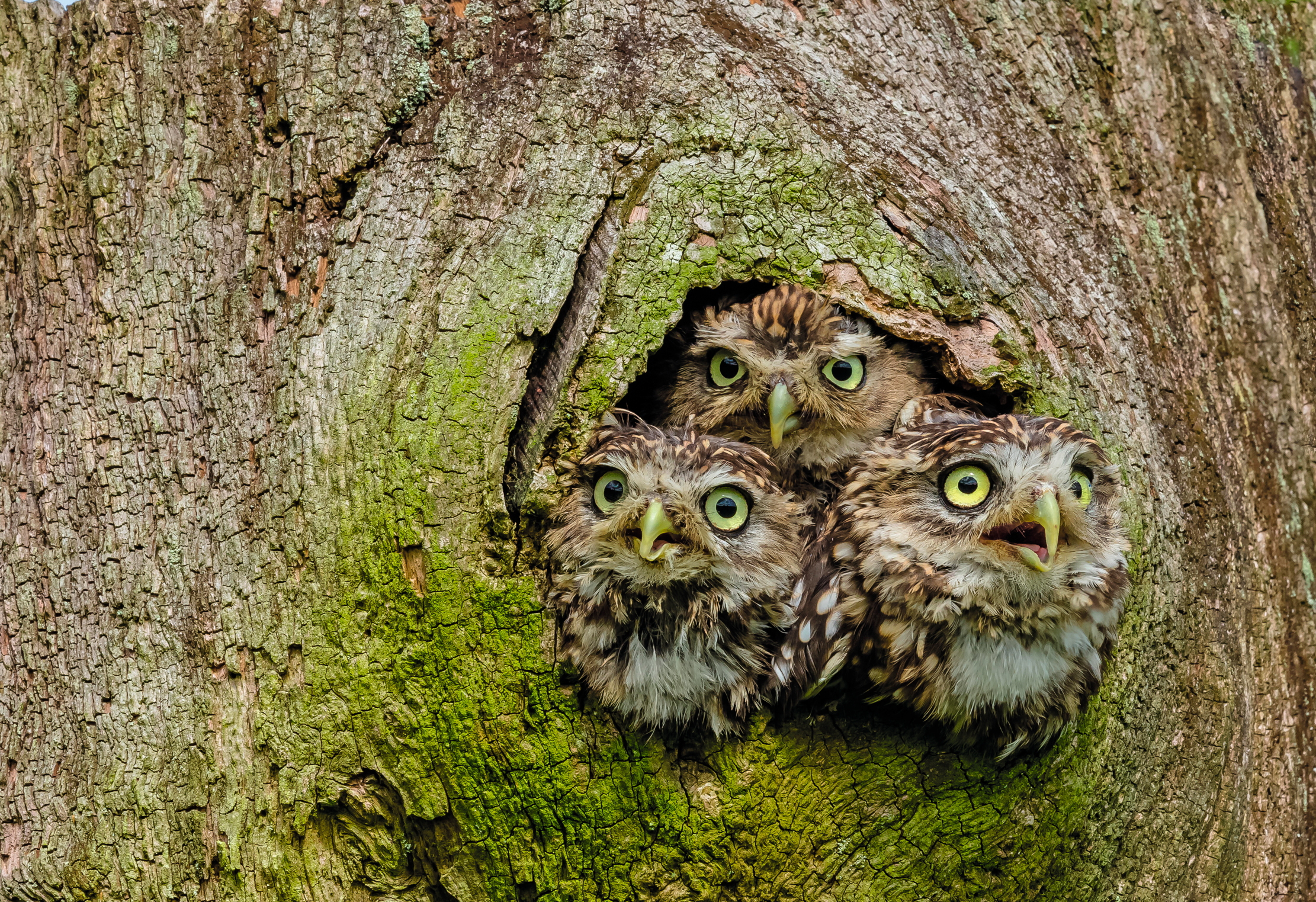From the Box to the Yox — how did our rivers get their names?
British river names trip off the tongue like nonsense of Edward Lear, but the meanings behind these great watercourses run deep.


The Mease, the Tees, the Dee, the Cree, the Chess, the Pang and the Clun… the Piddle and the Polly, the Box, the Yox and the Yeo. Two thirds of the 1,500-plus rivers that twist their way through the counties take their names from the Celtic culture of the pre-Roman era — and some may be even earlier.
Often, the names given to rivers simply mean ‘water’, which is why there is a lot of repetition and tautology — take Avon (river in Welsh), of which there are five in England, three in Scotland and one in Wales. The five Ouses take their name from the Celtic word for water, as do the Ure, Wear, Wye and Don. Other river names give some extra detail about their appearance. The River Rothay, which passes through some of the most picturesque scenery in the Lake District, means ‘red one’ from the Old Norse.

The River Megget in the Scottish Borders takes its name from the old Gaelic word meaning ‘whey-coloured’ and the River Lugg in Powys stems from a Welsh root meaning ‘bright one’; the Calder is a ‘river of stones’ and the River Lune tells us that its waters are ‘pure and healthy’. The five Stours come from the Celtic for ‘fast flowing and powerful’ and the Trent comes from a Celtic word meaning ‘trespasser’, which is a delightfully euphemistic way of saying it is prone to flooding. Another group of river names make reference to their course. The Dart, which still twists through low hills of ancient oak woodland, stays true to its Celtic ‘river of oaks’ and the River Iwerne, which gives its name to Iwerne Minster in Dorset, means ‘yew-tree stream’.
‘The fact that so many river names have remained as place names have evolved reflects their importance in the landscape,’ says Dr John Baker, associate professor of Name-Studies at the University of Nottingham. ‘Streams are more likely to have changed name over time and taken on the names of local villages, but some are still very old.’
In A Dictionary of British Place Names, A. D. Mills tells us that a small group of rivers seem to belong to an unknown early Indo-European language that may have been in use in Neolithic times, passed on to Celtic settlers arriving from the Continent during the 4th century BC. Among this ancient group is the Humber, the Itchen, the Severn and the Colne, all of which have an etymology that is unclear and still baffles toponymists.
The rivers of the Cotswolds have some of the most beautiful and onomatopoeic names of all — the Windrush, the Churn, the Dikler (a stream where rushes grow thick) and the Evenlode, which inspired Hilaire Belloc’s poem. In Wiltshire, the River Ebble, which runs through the Chalke Valley to meet the Avon in Salisbury, conjures up perfectly the sound of the river as it trails strands of water crowfoot. Further west in Somerset, the caramel-coloured River Barle (from the Anglo-Saxon beorgwella, meaning hill stream) bubbles under an ancient stone clapper bridge.
Bournes are also streams, especially ones that flow intermittently or seasonally, and, in the chalky areas of southern Britain and the Yorkshire Wolds, they are frequently known as winterbournes. The Gypsey Race in Yorkshire, so called because of its comings and goings, is the most northerly winterbourne in the UK and has attracted a good deal of folklore for its so-called ‘woe waters’ when the stream is flooded, which have coincided with periods of misfortune, including the Great Plague and both World Wars. In Scotland, where fast-running streams are very common, a bourne becomes a burn, but they also have cleugh (a gorge that is a course of a stream), a glen (a hollow traversed by a stream), a grain (tributary), a pow (a slow-moving stream) and a syke (a small stream). In the Lake District, old Norse influences produce becks for streams, gills for rivers in a valley and forces for waterfalls. The evocative Sour Milk Gill near Grasmere derives its name from its white swirling waters, which flow out of the tarn in a series of cascades.
Exquisite houses, the beauty of Nature, and how to get the most from your life, straight to your inbox.

River names are not always poetic, but many have inspired poets. The River Duddon, which means ‘black valley’, was the unlikely choice for a series of sonnets by William Wordsworth, who remembered the river from his early life. At the time of publication, critics were surprised that the poet should choose to write about an ‘insignificant river with a barbarous name’, but Wordsworth wrote that ‘you could catch a glimpse of heaven in its clear waters’. His friend and contemporary Samuel Coleridge wrote a sonnet to the more lyrical River Otter, which flows through Devon, and John Keats wrote his famous ode To Autumn after walking along the Itchen in Winchester, Hampshire.
Whereas most river names have remained the same for millennia, a handful have changed or go by two different monikers. The Asker in Dorset was once the Lodour, meaning ‘pool stream’, the Swift in Leicestershire was once the Lutter and the Rother in Sussex was known as the Limen until the 16th century. In Oxford, the Thames is known as the Isis and the Granta in Cambridge became the Cam by a process known as back formation, where a river takes its name from a place associated with it.
Unsurprisingly, rivers have had along history as boundaries and borders. The River Mersey, which is derived from the Anglo-Saxon meaning ‘boundary river’, was once the border separating the ancient kingdoms of Mercia and Northumbria, then later the counties of Lancashire and Cheshire. The River Tweed, which is thought to represent an old Celtic name meaning ‘border’, still forms the historic line between Scotland and England. At a local level, rivers and streams have long been used as parish boundaries, but as well as dividing, they also unite — the wriggling blue lines that thread across maps still knit us together.
The etymology of river names has as many meanderings as the rivers themselves and, although original meanings are often lost in the silt of history, there are still tantalising glimpses of the last surviving remnants of a language spoken by our ancient ancestors.

'The countryside can pull us together, a connecting point for a nation that sometimes feels as though it is falling apart'
After 75 years, the job required of national parks has changed. They now need to be hothouses of Nature recovery,

What it's like to live and work in a National Park
Cumbrian farmer Douglas Chalmers weighs the pros and cons of living in a national park.

Credit: Anne Coatesy/Alamy
Far better than its bite — what's really going on in the secret world of tree bark
A vital source of food, a pharmacy and a haven for wildlife, a tree's living skin is a surprisingly sophisticated

The Country Life Podcast
Listen to all the episodes of the Country Life Podcast.
Vicky Liddell is a nature and countryside journalist from Hampshire who also runs a herb nursery.
